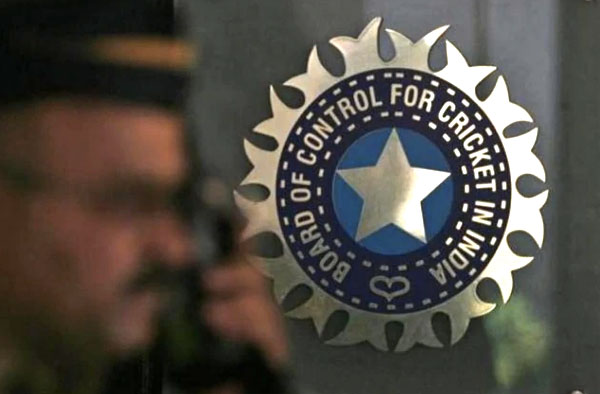Cricket has been affected by the outbreak of a pandemic. Apart from the men’s team competition, female cricket has been most affected alongside the domestic players who have risen as the most vulnerable lot. BCCI has however related a set of guidelines for the resumption of the game in domestic settings.

The board has released a wide list of Standard Operating Procedure or SOP and guidelines for the domestic cricket to begin in India. These protocols covered training at the National Cricket Academy in Bengaluru by the players. Moreover, there were guidelines relating to gymnasiums, physiotherapy, medical protocols, education with relation to COVID-19, including the do’s and don’t’s.
The 100-page SOP, accessed by Cricbuzz, have included consent forms that have to be signed by players and support staff. These guidelines were meant for all players and the support staff who are involved in training and other administrative tasks. These along with the facility management staff will have to undergo testing before they could resume training and will also need to fill out pre-training questionnaires.

There is also a recommendation for a phased approach to the resumption of training. State associations will have to obtain the necessary permission from the local administration and health authorities. Appointments of a Chief Medical Officer and medical staff would be appointed for implementing biosafety guidelines. Travel and medical history of the players and staff have to be obtained especially for the past two weeks.
Moreover, any individual suspected to have symptoms has to undergo two tests with a gap of one day between the tests. The players will be allowed in the camp once they are tested negative. It has to be noted that wearing maks is optional while training and installing of Aarogya Setu app is made mandatory. Personal hand sanitizer bottles have to be carried by players and staff. There is a recommendation that players should use their own cricketing equipment.
All individuals aged above 60 are barred from participating in the camp. Apart from these, checking body temperature every day, sanitization of kit bags along with balls are advised. Moreover, getting onto the ground will include the least of dressing rooms, washrooms. There is a greater emphasis on the education of the players and staff. CMO would conduct an in-person workshop on the first day of training and a webinar before the commencement of training would take place.
Aspects like hand hygiene and health and safety measures would be covered with operating protocols and their Dos and Don’ts with travel protocols, team hotel protocols, ground and practice facilities protocols, reporting protocols for any illnesses, and guidelines for handling a suspected COVID 19 case.
Guidelines with regard to accommodation include players in single-occupancy rooms, location of the hotel close to the ground, health screening of academy/hotel staff, sanitization of rooms and facilities, isolating players from other hotel guests. There have been recommendations on travel which suggest using buses as the main mode of transport.
Buses, however, are exclusively meant for players and staff. Personal vehicles have been recommended for players traveling from their homes. A more detailed look at the SOP suggests that there are extensive suggestions for sanitization of all areas of ground with relevant proposals to limit the chances of transmission.
There would also be an appointment for the COVID task force which will be headed by its chairperson and a number of responsibilities have been vested on him. The provisions are extensive and their implementation would demand a great degree of improvisation from the part of BCCI. Domestic cricket is the root of cricketing excellence in the Indian subcontinent and the resumption would serve the game best.
News Source: Cricbuzz

A student who enjoys studying cricket more than anything else, keen to learn the insights of the women’s game.